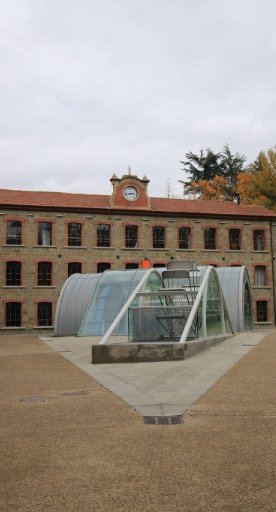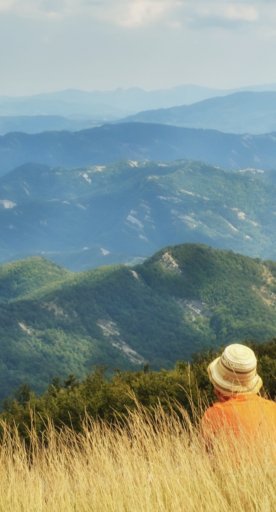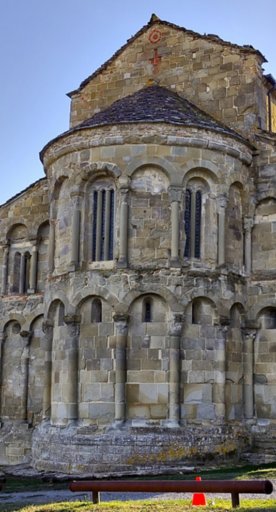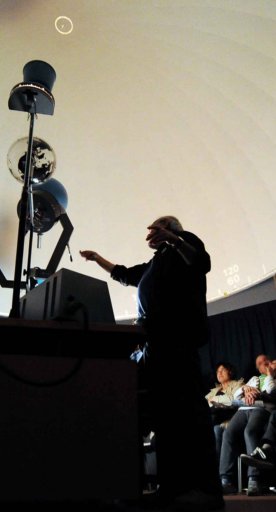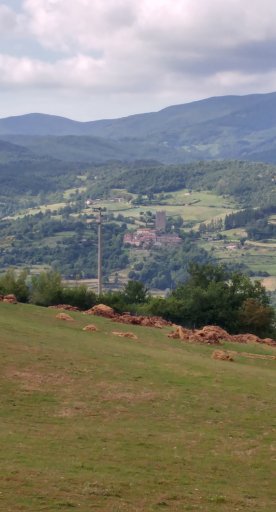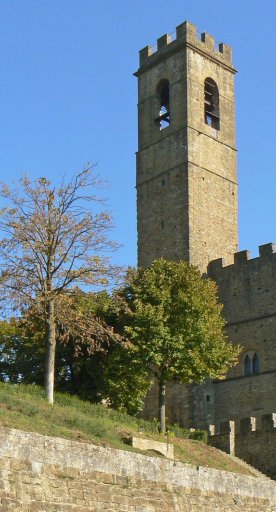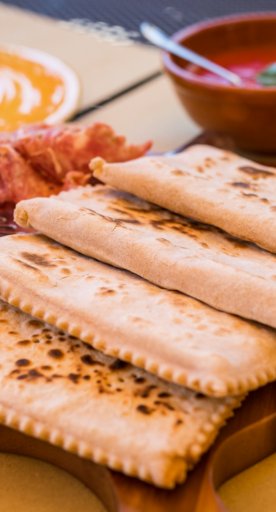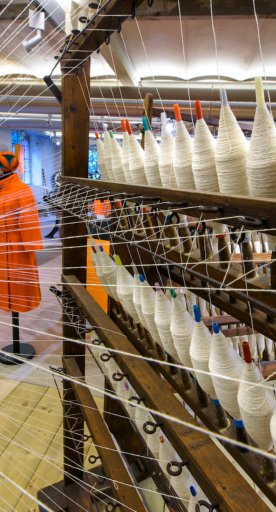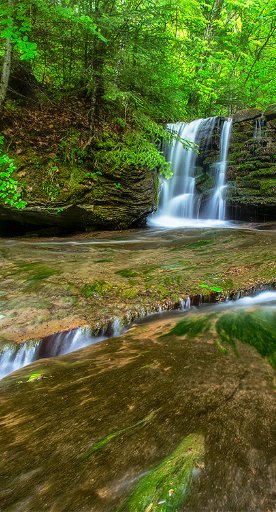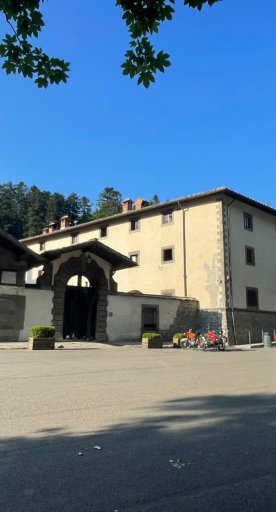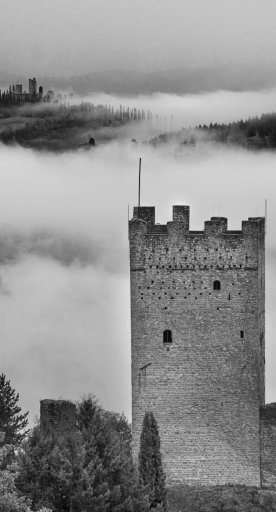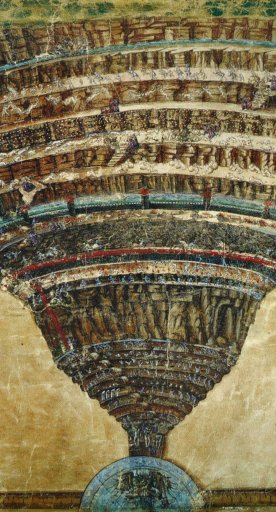The castle towers over all of Casentino from its privileged position. All that remains today is the cassero, three towers and part of the defense walls. The cassero can be reached via one of the towers, and is equipped with a fascinating drawbridge passing over the surrounding moat. Inside, you can visit the Podestà’s house – the residential palace where the Guidi Counts of Romena lived – and the keep, the tallest tower.
Close to the village, you’ll find the majestic Parish Church of San Pietro, one of the best examples of Romanesque architecture in the Casentino. The façade, simple and rustic, is made with ashlar stones, while to the left is a squat but solid bell tower.
The historic centre of Stia is positioned around piazza Tanucci, bordered on every side by porticoes. On the namesake road, you can find the beautiful Parish Church of Santa Maria Assunta, dating back to the 12th century. The artworks conserved inside include a polychrome terracotta coat of arms of the Buonafede family made in Andrea della Robbia’s workshop, a beautiful Annunciation of Mary and Saints by Bicci di Lorenzo, and an impressive Madonna and Child with Two Angels by the Cimabue school or possibly by a young Giotto. Other traces of the distant Middle Ages can be seen in the Palagio Fiorentino, a centuries-old residence of the Guidi Counts, today home to an interesting collection of contemporary art.
Not far from the town is the imposing Porciano Castle, which dominates the valley in this first stretch of the Arno, and the Sanctuary of Santa Maria delle Grazie, completely surrounded by forests.
Pratovecchia Stia is synonymous with artisan activity, particularly with producing the Casentino panno, which has played an important role in the local economy. The historic woollen mill is today home to the Wool Museum.




